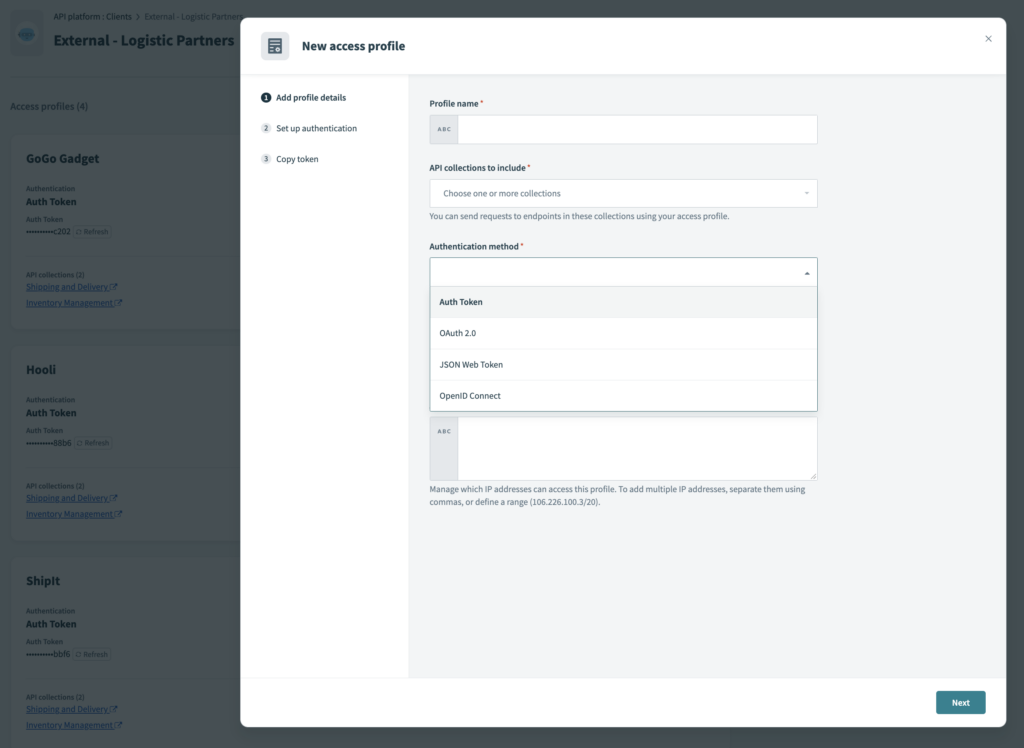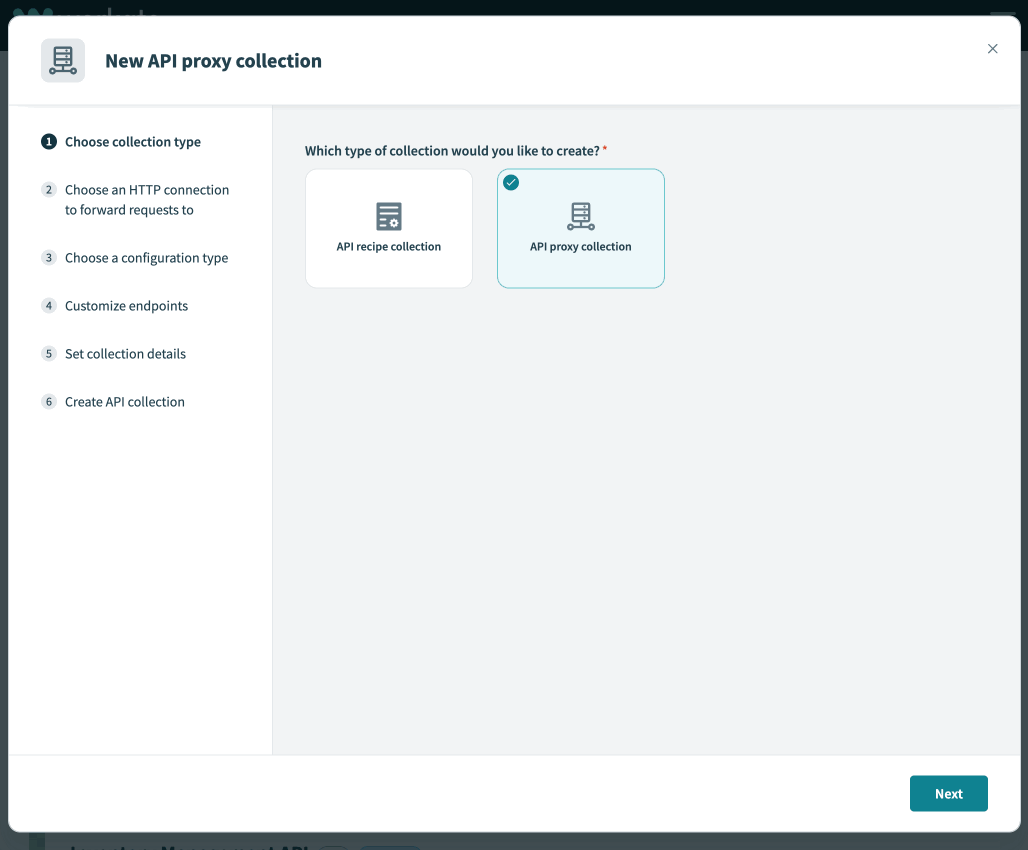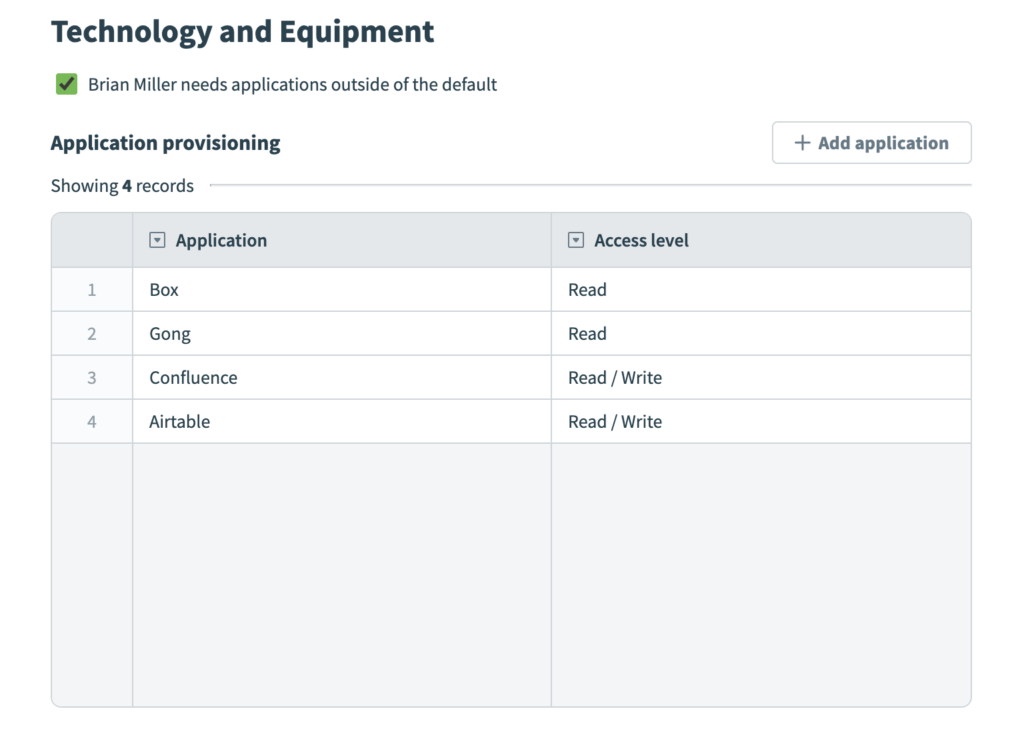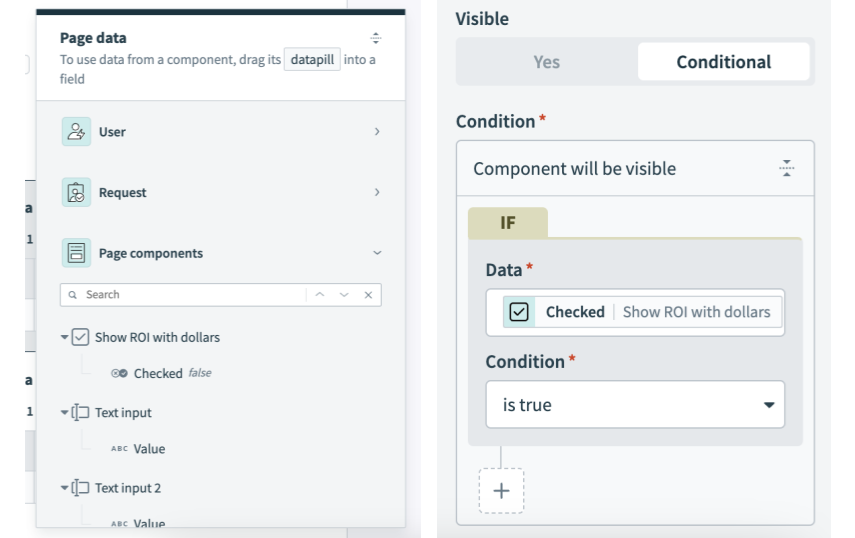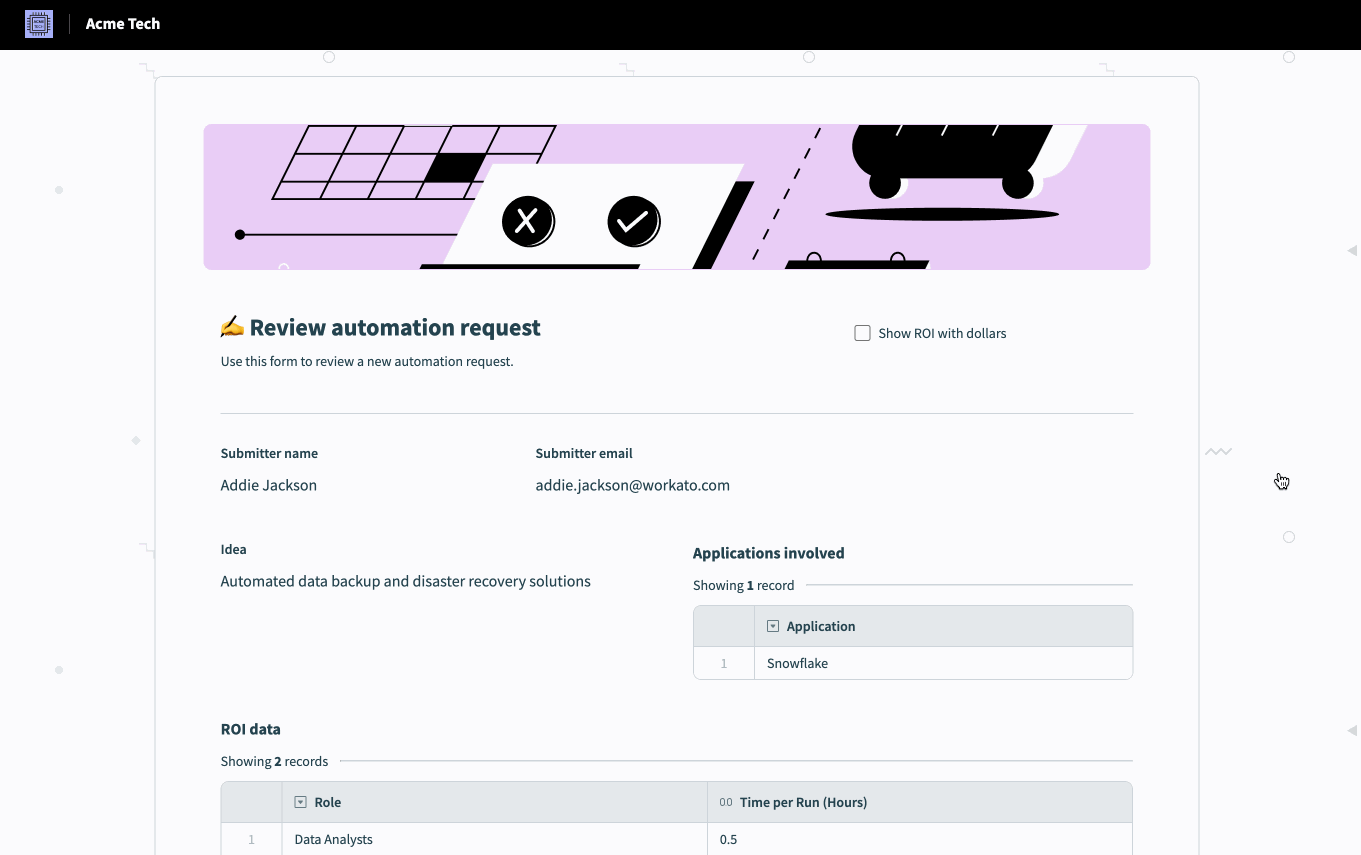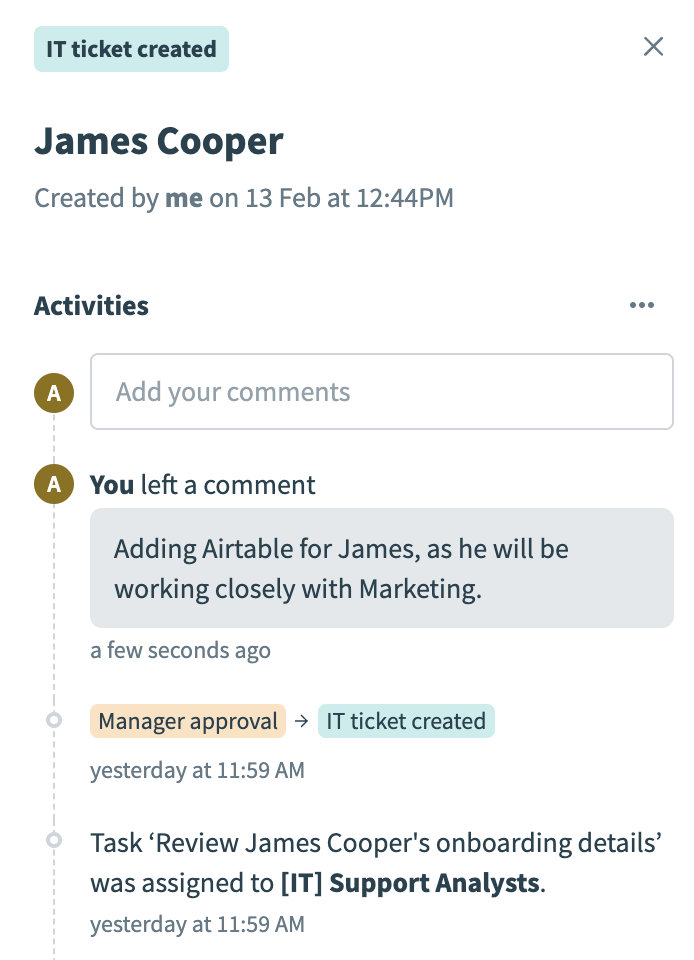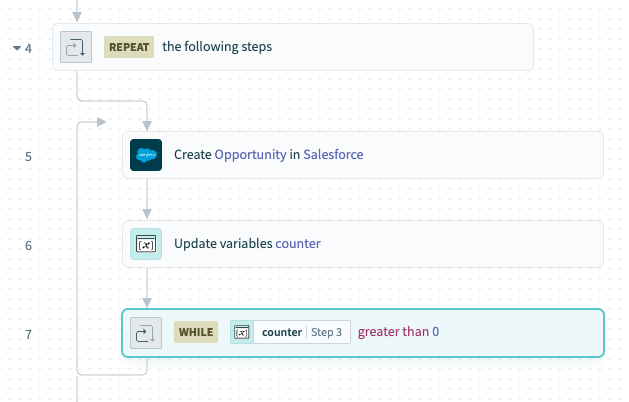Product Scoop – January 2024
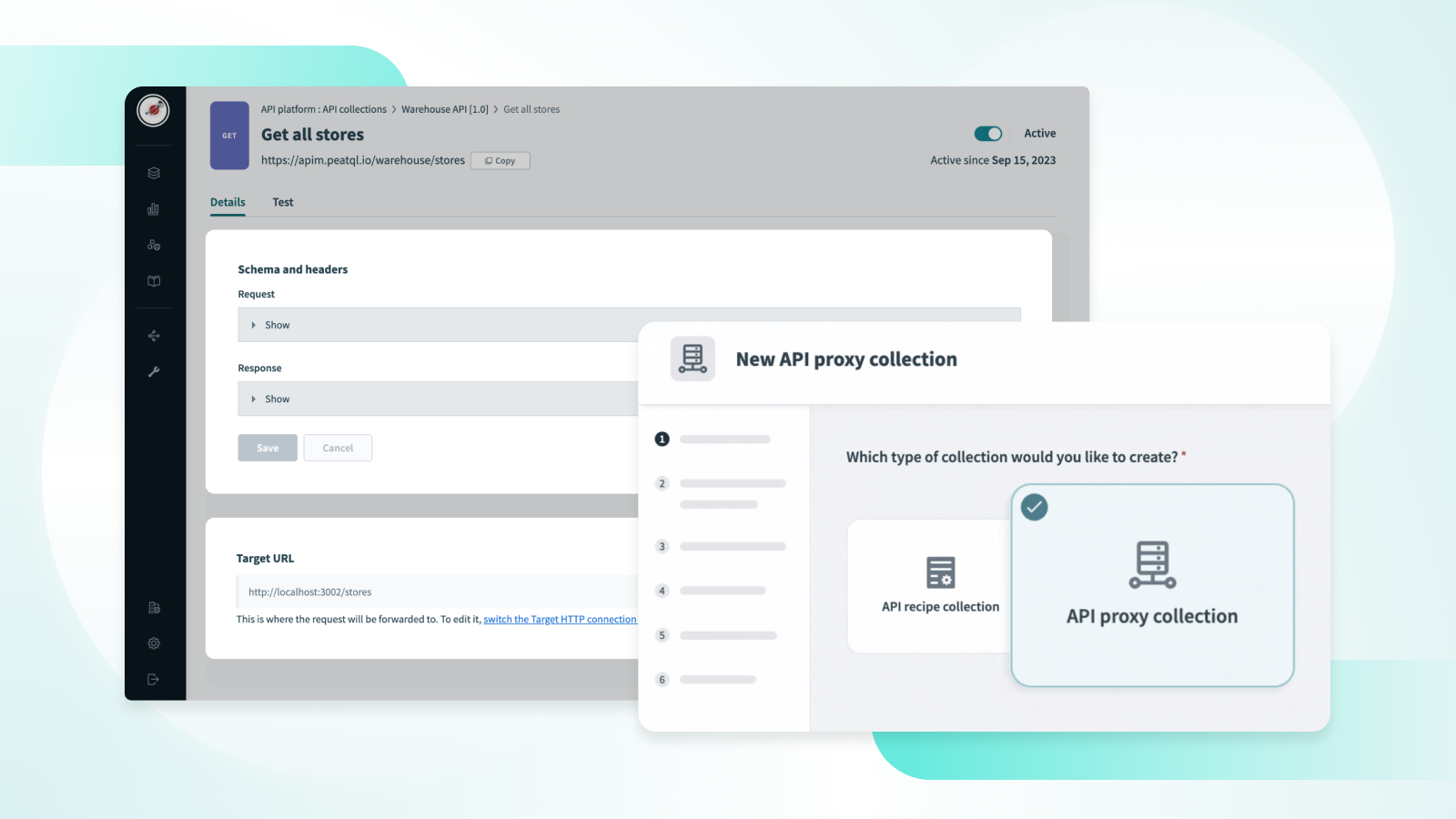
Handle API requests at scale with API Proxy
For years our API Platform has been a crucial part of automation journeys allowing users to build APIs that expose recipe functionality using API recipes. But what if you already have your own API that you want to surface through our API platform?
Now, with API Proxy, you can manage your existing APIs with Workato as well.
This feature allows you to proxy requests to your existing APIs in a way that is performant, secure, and simple to configure and manage without wasting valuable DevOps time.
Improved performance for seamless operations
API Proxy is built with performance in mind first, ensuring that even under high volume, your requests are processed swiftly and efficiently. It can handle over 10 thousand requests per second with latency averaging just 5 milliseconds and no concurrency limits!
This is a game-changer for high-traffic use cases, making it ideal for scenarios like inventory management, where a multitude of simple API requests need to be processed with minimal latency.
Fortified security so you can rest easy
Worried about the security of your APIs? Rest easy. With API Proxy we do the hard work of safeguarding your APIs with robust authentication and security measures. You can configure clients and access profiles with the latest authentication methods in a matter of minutes.
This is especially valuable for legacy internal APIs hosted behind firewalls, where security is paramount.
Effortless configuration and management
Setting up and configuring APIs has never been easier. With API Proxy, you can configure dozens of endpoints in minutes manually from the UI, or do it in seconds by uploading an existing OpenAPI specification.
Let’s say we need to expose our homegrown order management API. We can set it up in just a few simple steps:
- Create a new API proxy collection
- Establish an HTTP connection to our on-prem warehouse management system
- Upload our OpenAPI specification
- Select a project for your endpoints, and you’re done!
All that’s left is to specify access to your new collection using your clients and access profiles.
Once configured, we handle everything: authentication, logging, rate limiting, and scaling. And we do it with zero DevOps, and zero code.
We’ve made API management a walk in the park, allowing you to focus on what matters most – your business.
Customize and contextualize your workflow applications
We’re excited to share some new updates for Workflow apps, to provide a more dynamic and customizable page experience, and more context within the timeline view of a request. All of these new features are available to any workspace with Workflow apps enabled.
Linked data tables
Linked data tables allow for line items to be attached to an individual request, and be added and displayed in pages alongside other components.
Linking line items to requests is particularly useful for processes that benefit from multiple lines of structured data, such as expense reports, purchase orders, or employee onboarding.
Page Datapills
The addition of page and request datapills gives builders the ability to bring page and request data to the page, providing context to application users. Datapills can be used in any text or conditional logic field of a component – including hints, labels, placeholders, and button URLs!
Conditional visibility and required fields
Building on the availability of page datapills, elements on the page can be set to be conditionally visible and/or conditionally required based on page and request datapill values, allowing page builders to provide a dynamic experience and prompt users only for the information needed to complete the task.
Request comments
Within the request timeline, submitters, approvers, and app managers can now add notes to the request outside of the defined pages. Request comments allow for relevant communication to happen in-app and tied to the request, keeping that dialog preserved in a log.
Unleash the power of Repeat While loops
Have you ever wanted to repeat some actions until a condition is met, and then move on with your recipe? Now you can do exactly that with the Repeat while loop. This makes several use cases simpler such as:
- Divide payloads into paginated results
- Repeat actions (e.g. API requests) until successful result is received
- Continuously notify a user until some task is completed
Note that the Repeat while loop is a “do while” loop. The actions within the loop are executed before checking the condition, meaning all actions in the loop will be completed at least once.
Greater visibility with OPA logs in the logging service
Users can now enable on-prem agent logs to be sent to the Workato logging service, to allow for easy search, audit, and troubleshooting of specific recipes or adapters.
Previously, users with several on-prem apps would have to check the logs for each of those apps independently to track down errors in their OPA connections. This can be particularly slow and painful when different teams own each of those on-prem apps.
Now, OPA logs can be sent directly to the Workato logging service, providing a single central location for monitoring all of your OPA connections.
Enabling OPA Logs in the Workato Logging Service
- Navigate to your On-prem group settings via Tools > On-prem groups > Settings.
- Toggle the option for Send to Workato logs.
- To view all logs in the logging service, navigate to Tools > Logs.
